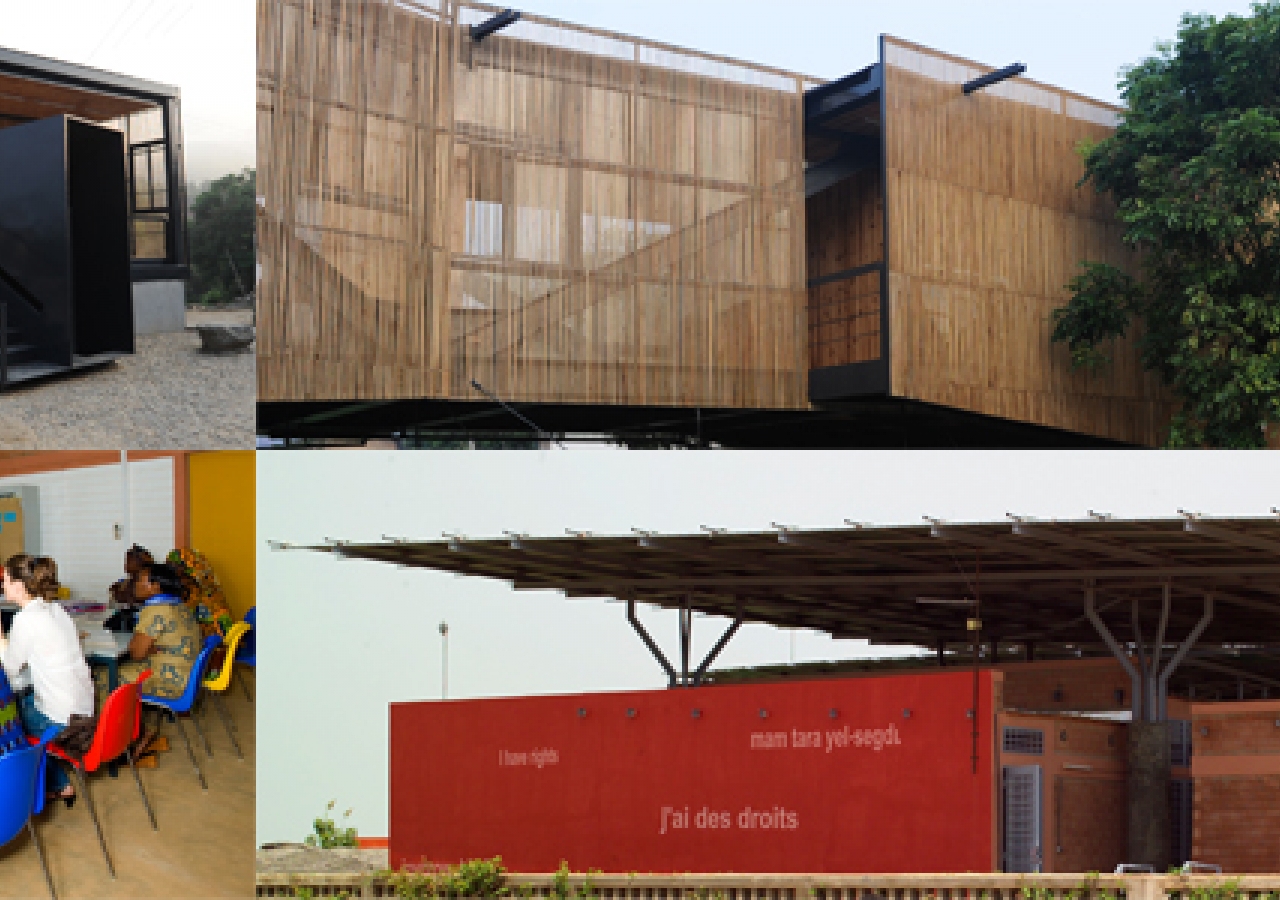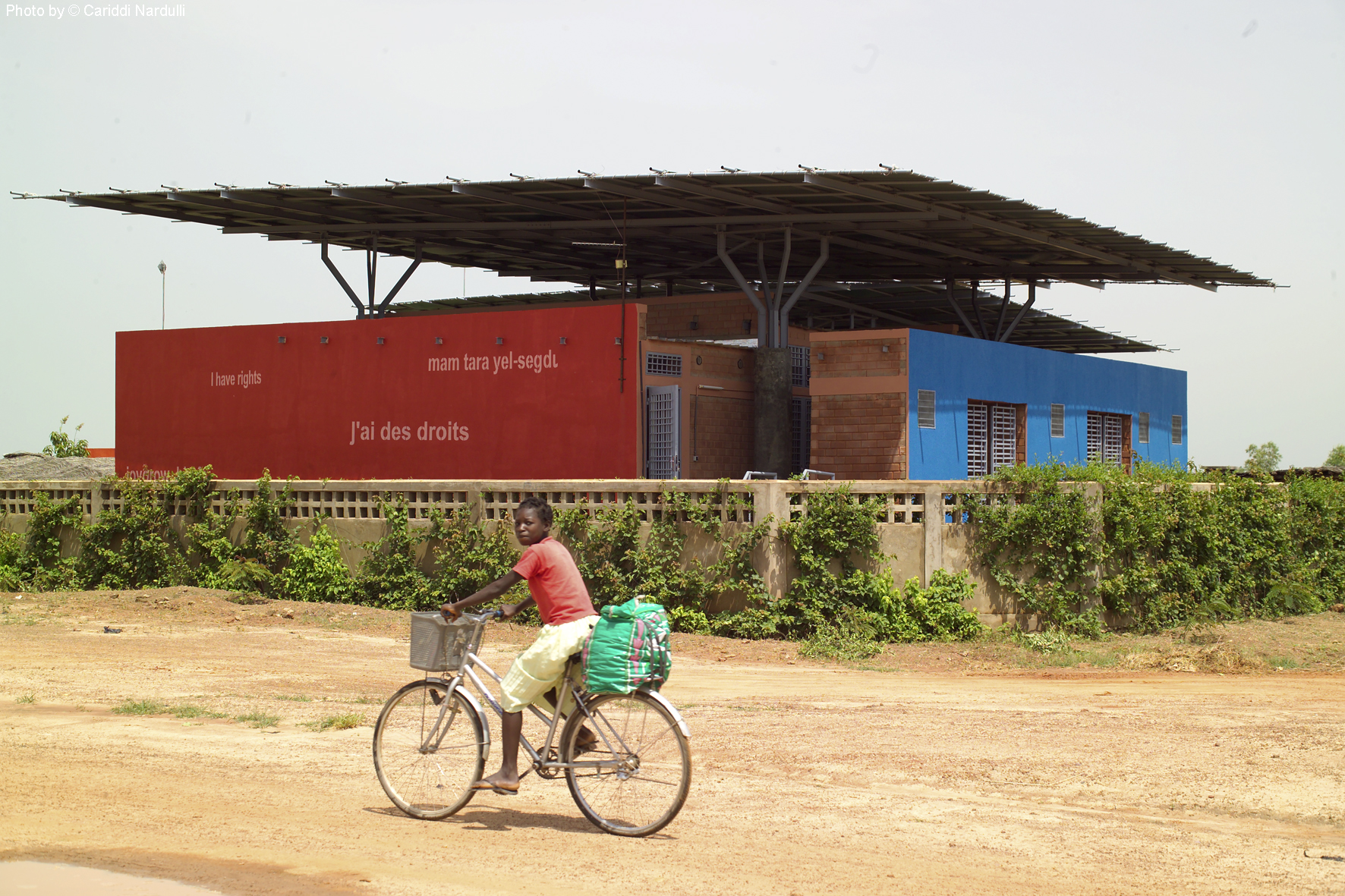 The CBF Women's Centre in Ouagadougou, Burkina Faso, provides health and educational services and builds awareness about women's rights. Aga Khan Award for Architecture / FARE Studio
The CBF Women's Centre in Ouagadougou, Burkina Faso, provides health and educational services and builds awareness about women's rights. Aga Khan Award for Architecture / FARE StudioIn May, at a media event held at the Museum of Modern Art (MoMA) in New York, the Aga Khan Award for Architecture announced a shortlist of 19 finalists for its 2010 award cycle. Selected from over 400 nominees for the 11th cycle of the Award, they range from a small private residence in India to the conservation of an Ottoman town in Albania, and span 16 countries.
“The Aga Khan Award for Architecture is extremely important because it looks at the entire Muslim world,” said Glenn Lowry, Director of MoMA and a member of the Award Steering Committee. “[It] seeks to identify those projects in the built environment that are transformative.”
Shortlist of nominees for the
2010 Aga Khan Award for Architecture
Conservation of Gjirokastra, Gjirokastra, Albania | Chandgaon Mosque, Chittagong, Bangladesh | Nishorgo Visitor Interpretation Centre, Teknaf, Bangladesh | CBF Women's Health Centre, Ouagadougou, Burkina Faso | Bridge School, Xiashi, China | Tulou Collective Housing, Guangzhou, China | Palmyra House, Alibagh, India | The Green School, Bali, Indonesia | Reconstruction of Ngibikan Village, Yogyakarta, Indonesia | Dowlat II Residential Building, Tehran, Iran | American University of Beirut Campus Master Plan, Beirut, Lebanon | Restoration of the Rubber Smokehouse, Lunas, Kedah, Malaysia | Rehabilitation of Al Qaraouiyine Mosque, Fez, Morocco | Souk Waqif, Doha, Qatar | Wadi Hanifa Wetlands, Riyadh, Saudi Arabia | Madinat Al-Zahra Museum, Cordoba, Spain | Yodakandyia Community Centre, Hambantota District, Sri Lanka | Revitalization of the recent Heritage of Tunis, Tunis, Tunisia | Ipekyol Textile Factory, Edirne, Turkey
For more detailed information, visit the Award's website at akdn.org/architecture.
The event was attended by scholars, writers, architects, and reporters from across the United States and around the world, eager to learn about the Award from distinguished members of its Steering Committee, of whom Farrokh Derakhshani, Director of the Award Programme, and three other members of the Steering Committee were present: Homi K. Bhabha, Director of Humanities Center at Harvard University; Mohsen Mostafavi, Dean of the Graduate School of Design, Harvard University; and Lowry. They talked about the Award's role, not only in recognising architectural excellence, but also the impact such designs have on improving the overall quality of life in Muslim societies.
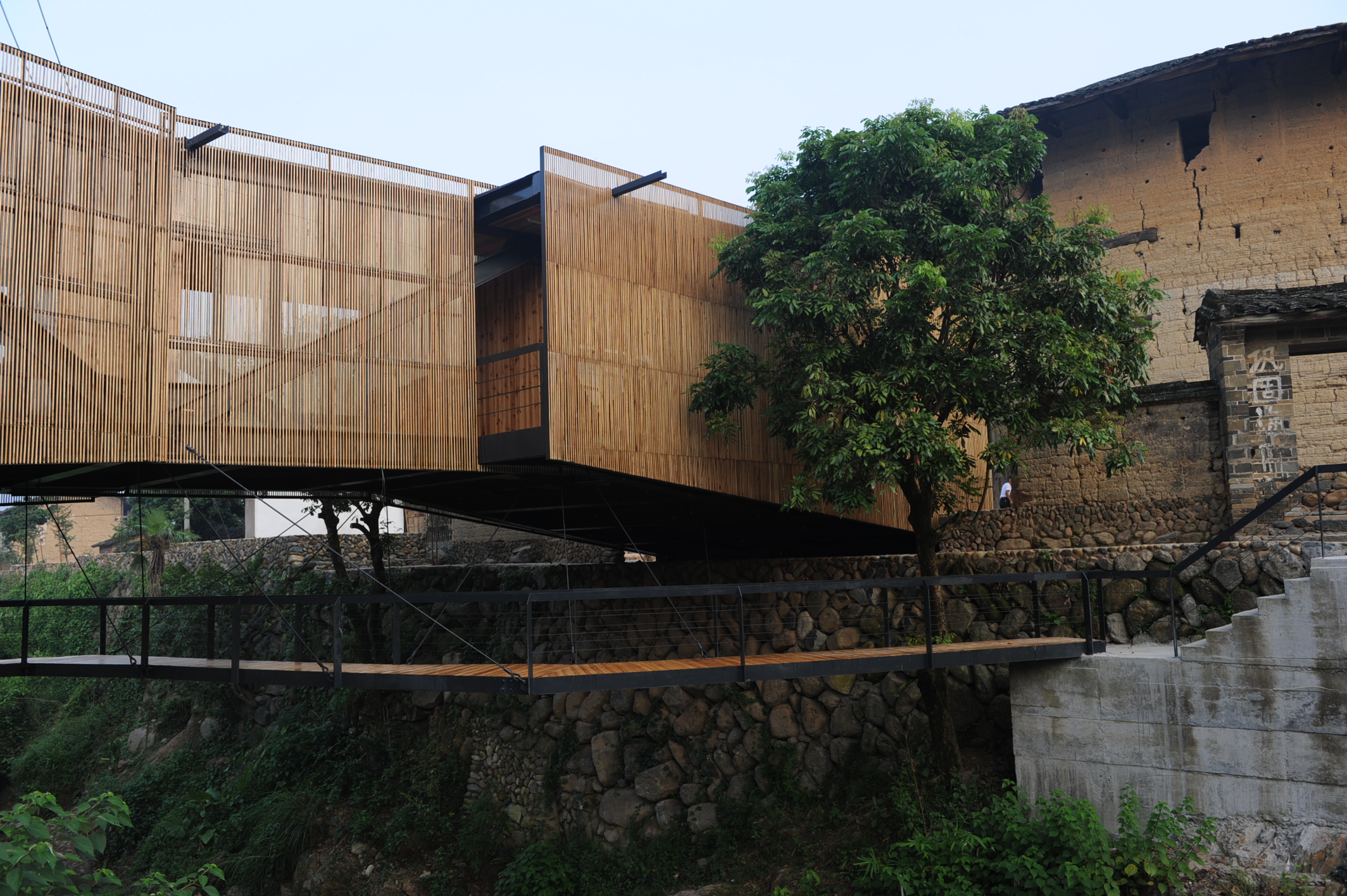 The Bridge School in the Fujian province of China connects two parts of a village separated by a river, and achieves unity in many other ways. Aga Khan Award for Architecture / Li Xiaodong
The Bridge School in the Fujian province of China connects two parts of a village separated by a river, and achieves unity in many other ways. Aga Khan Award for Architecture / Li XiaodongAmong the shortlisted projects competing for the prize is the Bridge School in the Fujian province of China. The building not only physically connects two parts of a village separated by a river, but also acts as the physical and spiritual centre of what was a declining village. The bridge achieves unity at many levels – bringing together past and present, traditional and modern, and fostering social unity between one-time rival communities.
Another shortlisted project is the CBF Women's Health Centre in Burkina Faso. The centre utilises passive cooling measures, minimising the need for air conditioning and providing a prototype that can be replicated across the region. Despite its unconventional appearance, the centre has been able to generate a strong sense of belonging among members of the community, where they can come together and hold celebrations.
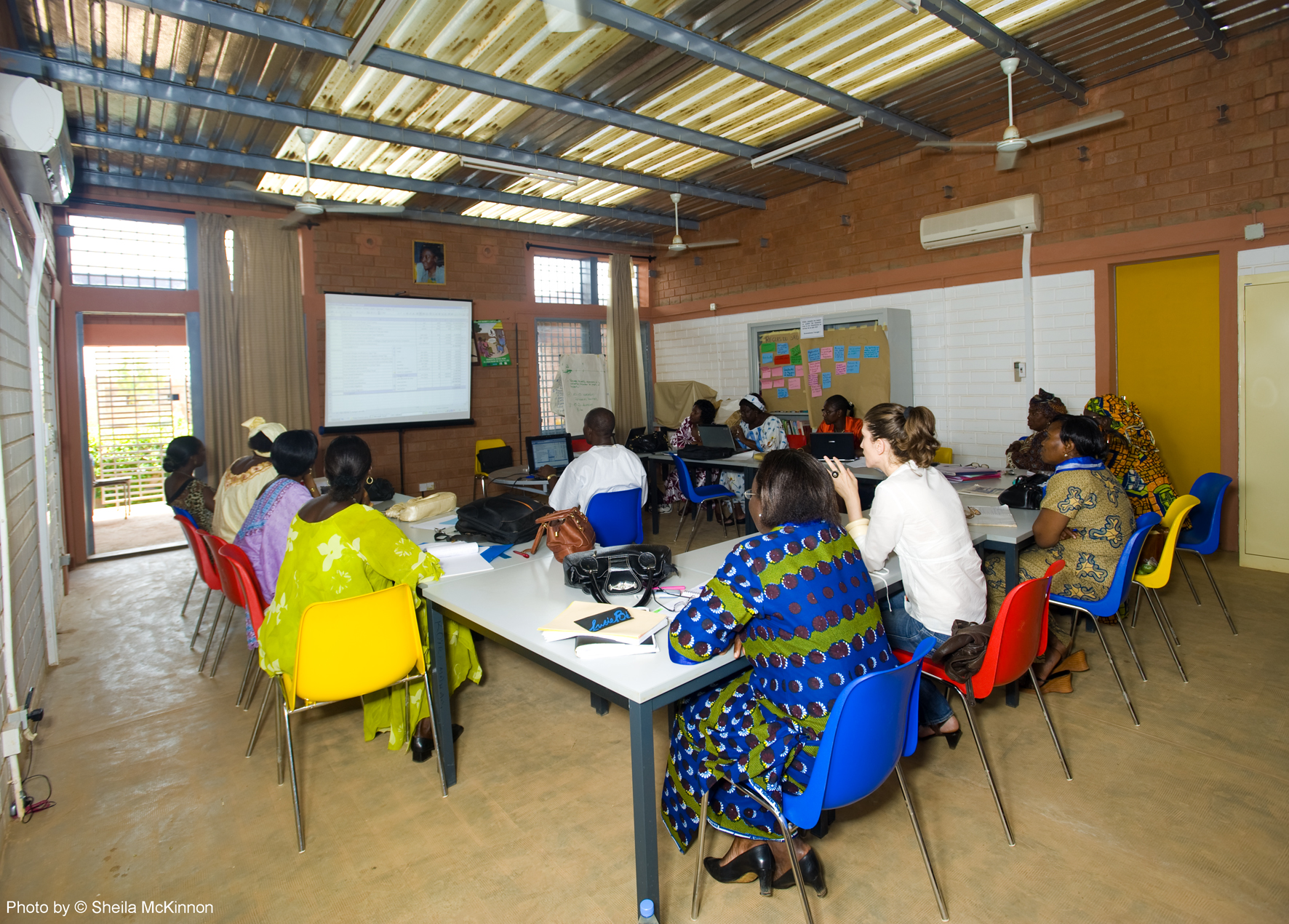 A session underway in the training hall of the CBF Womens' Health Centre. Aga Khan Award for Architecture / Sheila McKinnon
A session underway in the training hall of the CBF Womens' Health Centre. Aga Khan Award for Architecture / Sheila McKinnonThe selection of such diverse projects demonstrates the Award's holistic approach – seeking to reward not only architectural excellence, but also the impact these projects have on the quality of life and the community's physical, social, and economic needs. “Beyond anything else it is an award that recognises the link between architecture and moral life,” stated Bhabha.
Mawlana Hazar Imam founded the triennial Aga Khan Award for Architecture in 1977. It is governed by a Steering Committee that establishes overarching goals and objectives, and selects a Master Jury, who then independently evaluate and choose the winning projects. The Award amount – totalling up to $500 000 – makes it one of the largest architectural prizes in the world.
The Muslim world, says Mawlana Hazar Imam, is like a rich tapestry whose diversity is a source of pride that must be appreciated and preserved. “By premiating different types of projects, and different environments in different countries, with different architectural traditions and languages, the Award has enhanced the notion that pluralism is an asset,” said Hazar Imam in a 2001 interview with Robert Ivy.
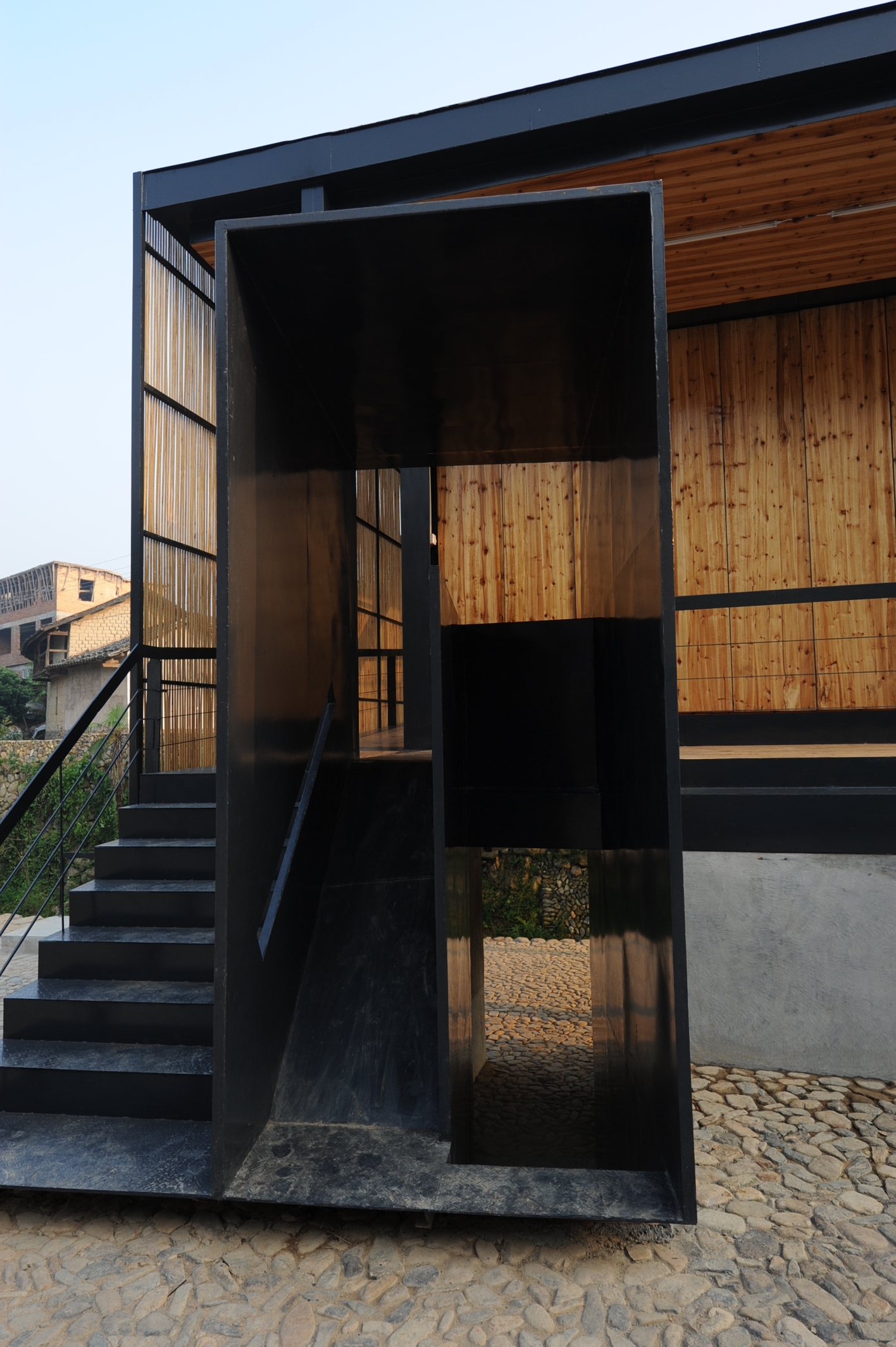 The playing box at the South end of the Bridge School provides a recreational space for children. Aga Khan Award for Architecture / Li Xiaodong
The playing box at the South end of the Bridge School provides a recreational space for children. Aga Khan Award for Architecture / Li XiaodongIn the past 33 years, the Award programme has impacted both Muslim societies and Western countries. It has not only brought climatic considerations, relationships to history and context, and appropriate building technologies into the discourse of architecture, but it has also demonstrated how architecture can help in improving the living conditions of the people, restoring a sense of identity and pride. According to Mostafavi, the Award “focuses on projects that are not only examples of design excellence, but they really make significant contributions to societal global issues at the same time.”
The Award has enhanced the vision of the world of architecture particularly as it pertains to architecture in the Muslim societies. The shortlisted projects announced in New York and the ones selected in previous cycles provide glimpses of Muslim societies' rich and diverse contributions to the field of architecture and the world at large.
The final Aga Khan Award for Architecture recipients will be announced at a ceremony to be held at the Museum of Islamic Art in Doha, Qatar, later this month. For detailed information please visit the Award's website at akdn.org/architecture.

